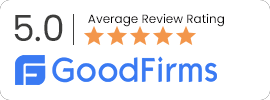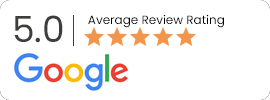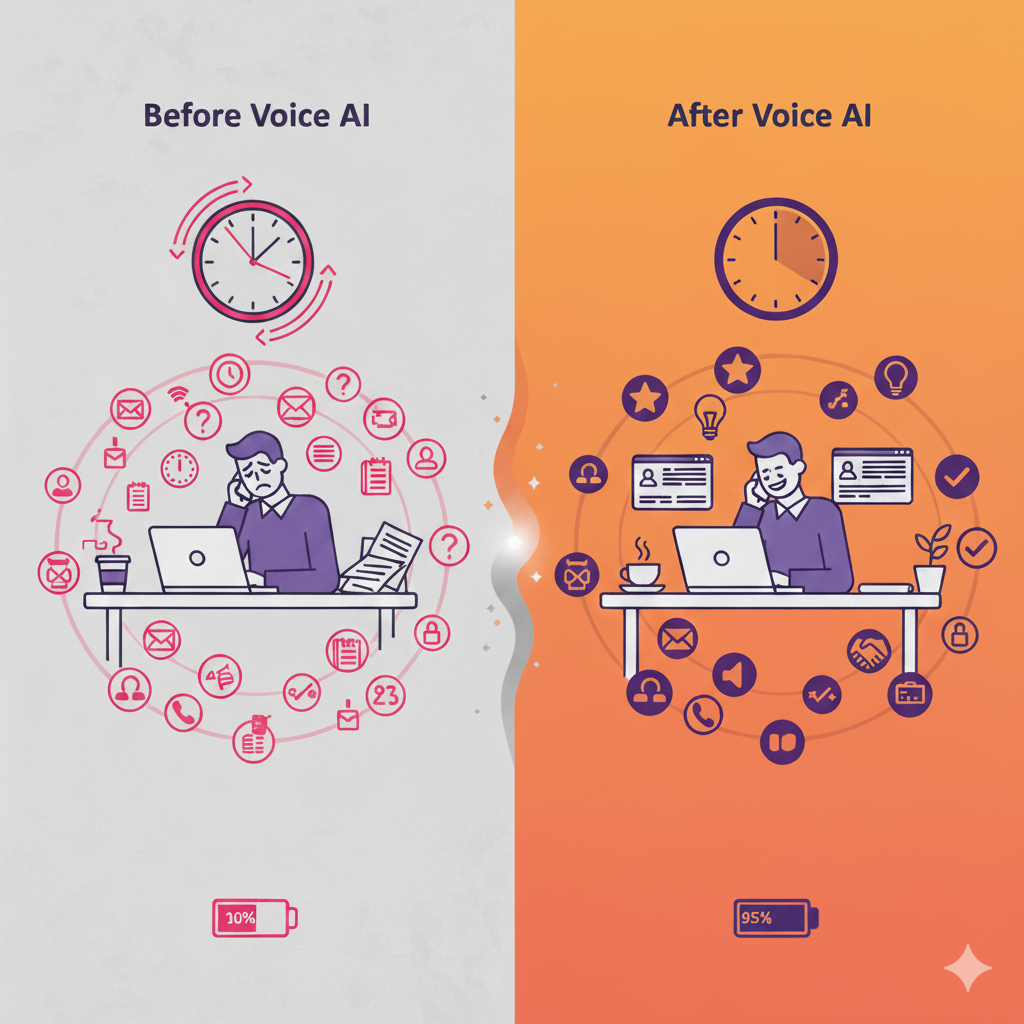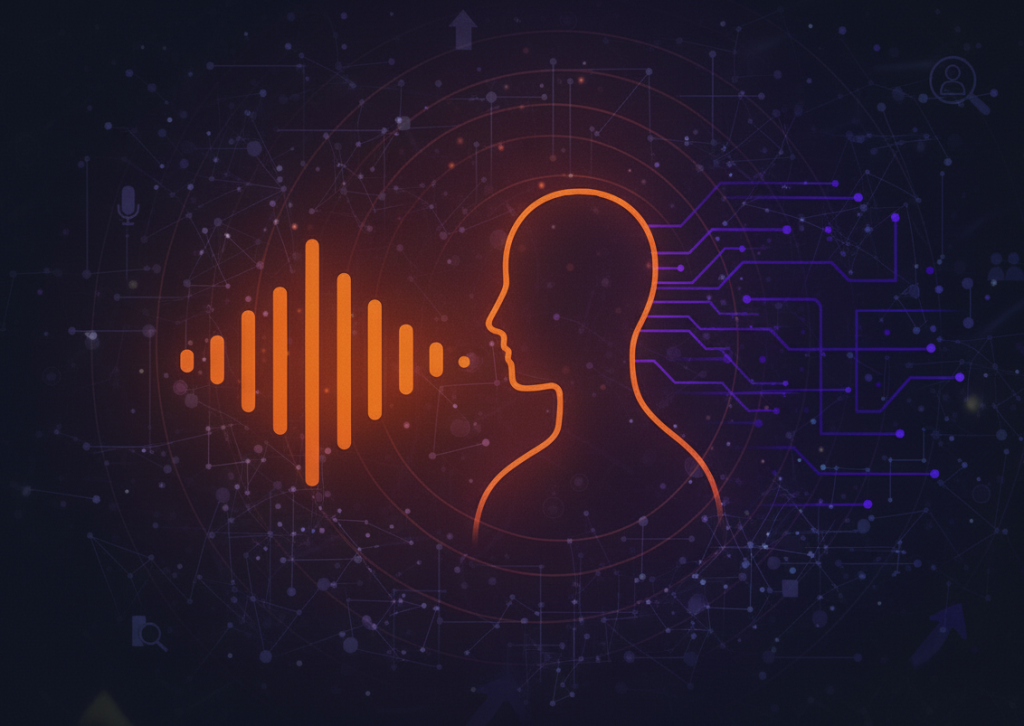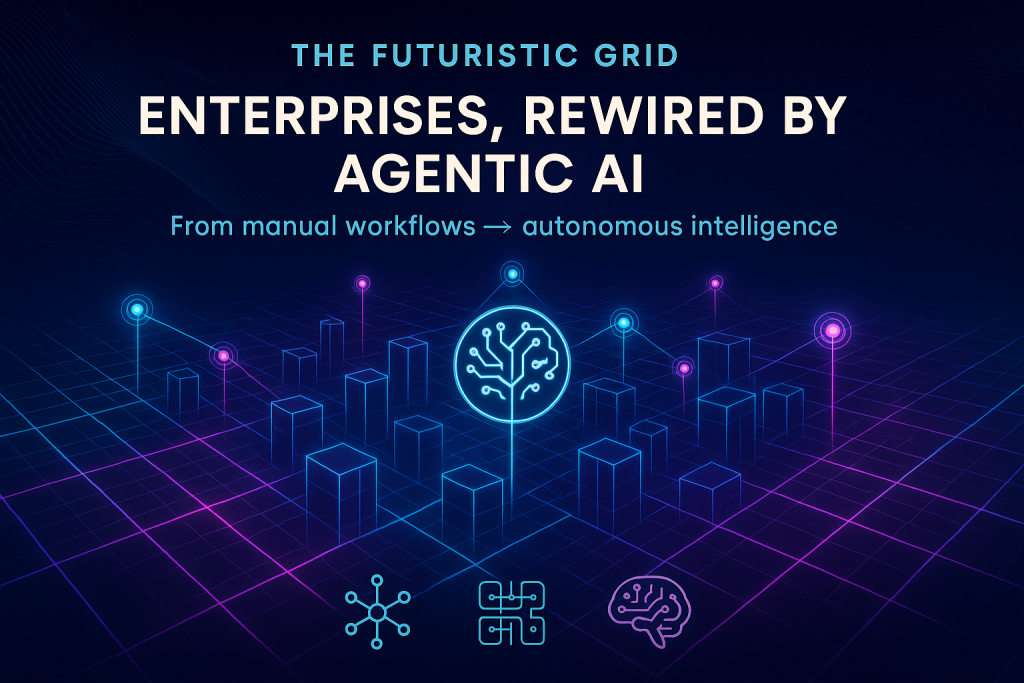Let’s hear about voice agent in this article. But, First let’s have a look a ‘normal’ incident that might have happened with you.
It’s Monday morning.
Your inbox has forty-seven screening call requests. Your calendar shows back-to-back interviews. And somewhere between those meetings, you’re supposed to build relationships with passive candidates, coach hiring managers, and somehow contribute to workforce strategy.
But here’s what actually happens: You spend your day conducting the same pre-screening conversation over and over. Asking the same questions. Listening for the same red flags. Typing the same notes into your ATS.
Meanwhile, qualified candidates wait days for callbacks. Some accept other offers. Others simply ghost your follow-ups.
Your VP asks: “Why are we losing candidates in the screening phase?”
You know the answer, but it’s uncomfortable to admit: Your team can’t scale without burning out.
The question every CHRO eventually faces: “How do we grow hiring quality without growing headcount?”
This isn’t a technology problem disguised as a people problem. It’s a capacity problem that technology can actually solve.
What Is a Voice Agent?
Think of a Voice Agent as an extension of your recruiting team-one that handles the repetitive first layer of candidate conversations while your human recruiters focus on what they do best: building relationships and making judgment calls.
How Voice Agents Actually Work
The Conversation Layer
Voice Agents conduct structured phone conversations with candidates using natural language. They ask relevant questions, listen to responses, interpret meaning, and adapt their follow-up questions based on what they hear.
The Intelligence Layer
Unlike keyword-matching chatbots, Voice Agents use Natural Language Understanding to pick up on:
- Communication clarity and confidence
- Response consistency and authenticity
- Indicators of genuine interest versus rehearsed answers
- Subtle cues about cultural alignment
The Integration Layer
Voice Agents connect seamlessly with your existing systems:
- ATS platforms (Workday, Greenhouse, Lever, SmartRecruiters)
- Calendar systems (Microsoft 365, Google Workspace)
- Communication tools (Slack, Teams, email)
- Reporting dashboards (your BI tools or custom views)
What Changes for Your Recruiters after using Voice Agent

Photo by Vitaly Gariev on Unsplash
Before Voice Agents:
Your recruiter spends hours conducting initial screens, asking basic qualification questions, and documenting responses.
After Voice Agents:
Your recruiter reviews AI-generated assessment summaries enriched with insights about candidate communication style, engagement signals, and skill-fit indicators-then focuses time on the candidates worth a deeper conversation.
The shift: from conducting repetitive screens to reviewing intelligent summaries and building meaningful relationships.
The Candidate Experience Shift with Voice Agent
Traditional Screening Process:
Candidate applies → Waits days for response → Gets generic email → Schedules call weeks out → Has basic phone screen → Waits for feedback → May or may not hear back
Voice Agent Process:
Candidate applies → Receives immediate scheduling link → Completes screening at their convenience (evenings, weekends) → Gets timely response → Qualified candidates hear from real recruiter quickly
Even candidates who don’t qualify receive respectful, immediate interaction instead of radio silence.
The Recruiter Experience Shift
Monday Without Voice Agents:
Eight hours of back-to-back screening calls. Surface-level conversations. Repetitive questions. Exhausting documentation. No time for strategic thinking.
Monday With Voice Agents:
Two hours reviewing AI-generated candidate assessments. Six hours having meaningful conversations with pre-qualified candidates, coaching hiring managers, and building passive candidate relationships.
The Hiring Manager Experience Shift with Voice Agent
Old Reality:
Hiring managers wait weeks to see candidates because recruiters are bottlenecked in screening. Pipeline feels stagnant. Urgency builds. Frustration grows.
New Reality:
Hiring managers receive steady flow of pre-qualified candidates. Interview schedules fill efficiently. Time-to-hire compresses. Quality remains high.
The Leadership Experience Shift
Before:
CHRO sees screening as necessary cost center. Recruiting team size directly correlates with hiring volume. Scaling means adding headcount.
After:
CHRO sees recruiting as leverage point. Existing team handles higher volume with better quality. Scaling means amplifying capability, not expanding staff.
Agentic AI: Beyond Scripted Conversations
Most “AI recruiting tools” are decision trees in disguise-rigid scripts that break when conversations go off-path.
Insnapsys Voice Agents employ Agentic AI architecture-systems that reason, adapt, and learn from context.
Dynamic Reasoning:
The agent doesn’t follow a predetermined script. It understands the conversation goal, interprets what the candidate says, and determines the most relevant next question in real-time.
Contextual Memory:
If a candidate mentions previous experience earlier in the conversation, the agent references that context in follow-up questions-just like a human recruiter would.
Conversational Repair:
When misunderstandings happen (and they do), the agent recognizes confusion and gracefully clarifies-no dead-end loops or frustrating repetition.
Emotional Intelligence:
The system detects hesitation, enthusiasm, confusion, or confidence in candidate responses and adjusts pacing and approach accordingly.
Enterprise-Grade Foundation
Security & Compliance:
Built for organizations that take data protection seriously. SOC 2 Type II certified. GDPR compliant. End-to-end encryption. Complete audit trails. Role-based access controls.
Reliability & Scale:
Designed for peak hiring seasons and sudden volume surges. Multi-region redundancy. Continuous monitoring. Proactive issue detection. The system works when you need it most-not just when conditions are ideal.
Customization Depth:
This isn’t one-size-fits-all automation. Every organization has different:
- Role requirements and evaluation criteria
- Company values and cultural indicators
- Industry-specific language and terminology
- Brand voice and candidate experience expectations
Insnapsys Voice Agents adapt to your standards, not generic templates.
Language & Accessibility:
Native support for multiple languages-not awkward translations. Accessibility features for candidates with different communication needs. Inclusive by design.
The Competitive Difference
Other Tools Offer:
Scheduling bots, keyword screening, automated email sequences, calendar coordination.
Insnapsys Delivers:
Conversational intelligence that evaluates soft skills, cultural fit signals, and qualification nuances that static questionnaires miss entirely.
The Key Distinction:
We’re not replacing recruiter judgment-we’re creating the capacity for recruiters to apply their judgment to more candidates at deeper levels.
Integration Philosophy: Simple, Not Simplistic

Photo by Vitaly Gariev on Unsplash
Voice Agent Technology should make your stack more powerful, not more complicated.
API-First Design:
Clean, well-documented APIs that your IT team (or ours) can integrate quickly without architectural overhauls.
Pre-Built Connectors:
Native integrations with major platforms mean faster deployment and fewer custom development cycles.
Flexible Implementation:
Start with one role category. Expand gradually. No forced “rip and replace” of working systems.
Get started with Insnapsys : https://www.insnapsys.com/contact-us/




